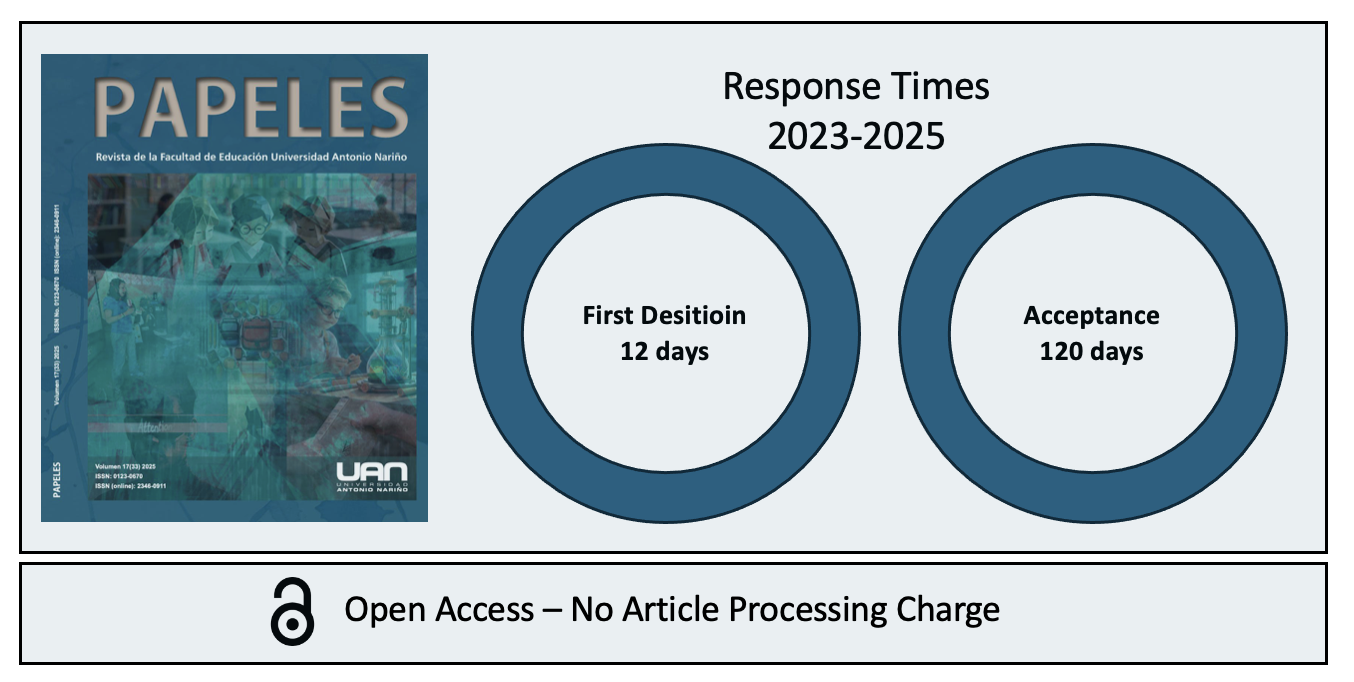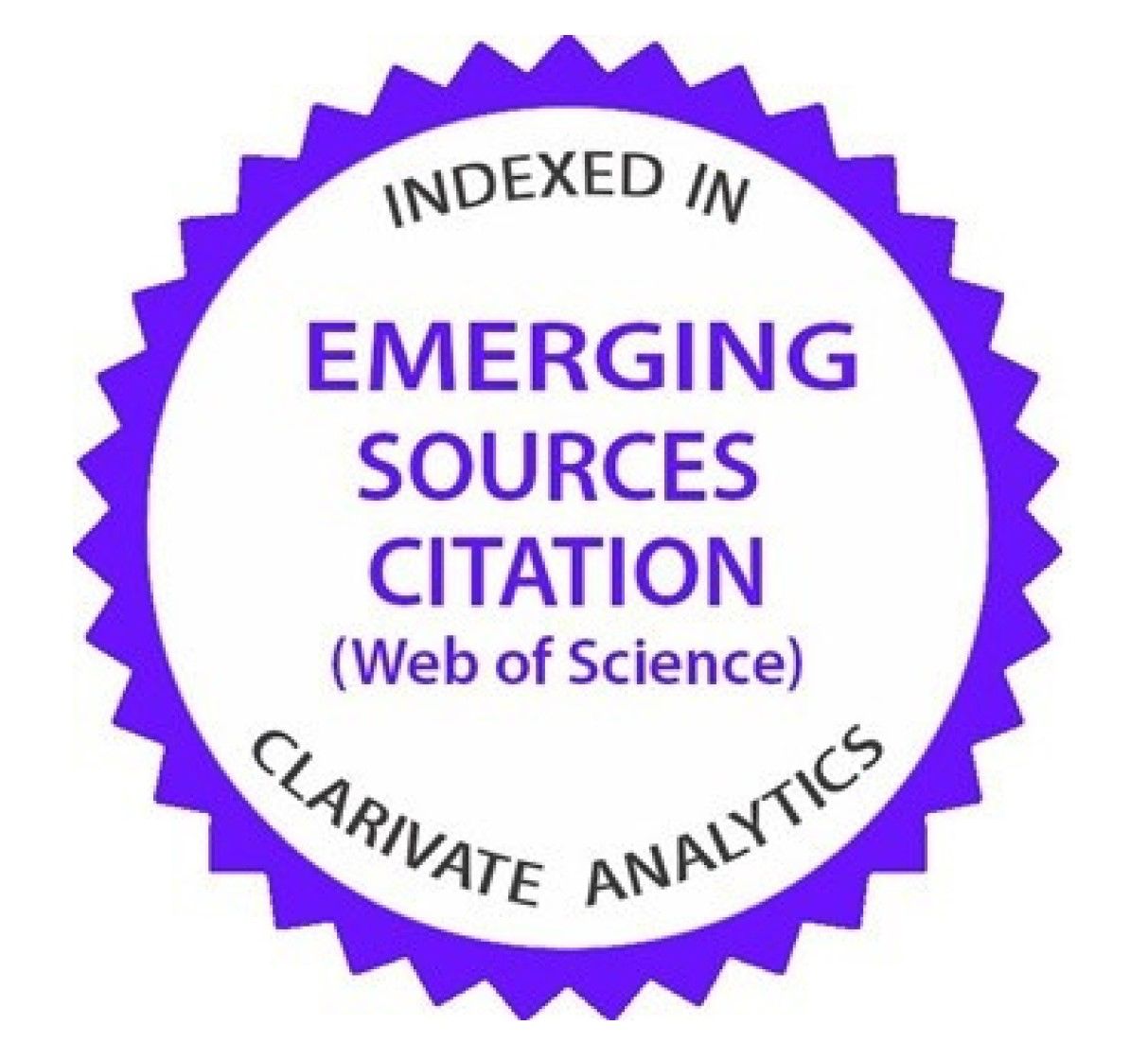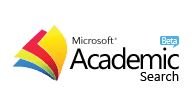Instructions for Authors
Before submittal
Dear author. Please review our editorial policies before submitting your article. Submit your manuscript according to the template provided and attach the transfer rights and authorship declaration forms.
Text typology
PAPELES accept research and review papers
Research articles. Must not exceed 10000 words or 25 pages, including references (minimum 20). They should follow the structure: Title, Abstract, and Keywords (in English and Spanish), Introduction, Methodology, Results, and Discussion, Conclusions, and References. The Funding, Acknowledgments, and Disclaimer sections should follow the Conclusions.
Review articles. Must not exceed 10000 words or 25 pages, including references (minimum 50). Qualitative approach reviews or meta-analyses will be accepted. They should examine and summarize previous studies on a specific topic to provide a broad view of a specific scientific field from the author’s analytical, interpretive, and critical perspective. The reviews’ structure should follow an article’s standard sections: Introduction, Methodology, Results, Discussion, and Conclusions.
Thematic focus
PAPELES accept manuscripts on the following subjects.
Teacher training
Assessment
Curriculum
Didactics
Epistemology
Teaching Conceptions
Educational innovations
Manuscript preparation
The manuscript must follow this structure:
- Title: must be presented in English and Spanish. It must be concise and precise and contain no abbreviations.
- Authors: clearly indicate the names and surnames of all the authors.
- Affiliation: include each of the authors’ institutional affiliation and ORCID must and the corresponding author’s email.
- Abstract: 250-words maximum paragraph. The abstract should present the research question, methodology used, main findings, and conclusions. Avoid non-standard or unusual abbreviations. If essential, they should be defined at their first mention in this section.
- Keywords: use up to 5 keywords, avoiding general terms. These keywords will be used for indexing purposes. They should be selected from the following thesauri (Unesco, European Education Thesaurus, or EuroVoc).
- Resumen: Abstract in Spanish.
- Palabras Clave: Keywords in Spanish.
- Introduction: briefly situate the study within a broad context and highlight its importance. Define the work’s purpose and significance. Review the current state of the research field, citing key publications. Briefly mention the work’s main goal. Abbreviations may be used; define them the first time they are used.
- Methodology: describe the process used in detail so that other researchers can replicate the results obtained.
- Results and discussion: provide an accurate description of the results obtained and the authors´ interpretation. Use subtitles when necessary. Cited all the figures and tables in the text using Arabic numbers.
- Conclusions: present the conclusions derived from the information obtained. Do not be over general or speculative.
- Funding: indicate the sources of funding for the research (optional).
- Acknowledgments: mention the non-funding entities that supported the research (optional).
- Conflict of interest: state any conflict of interest or lack thereof.
- Statement of AI-assisted generative technologies
Example: During the preparation of this paper, the author(s) used (NAME OF TOOL/SERVICE) for (REASON). After using this tool/service, the author(s) reviewed and edited the content as required and took full responsibility for the content of the publication. - Annexes: include details and complementary data (optional).
- References: include all those that have been mentioned in the text. They must appear alphabetically using the APA format in its seventh edition. Include the DOI at the end of the reference.
Manuscript submittal
- Register on the platform
- Start. Select new submission, language, thematic focus, and mark all the submission requirements boxes. Submit as the author and accept the handling of personal data. Click Next.
- Upload the submission: Upload the files one by one (manuscript, commitment letter, rights transfer, and authorship statement), selecting the item being attached. Repeat these steps until all the files have been uploaded.
If the “A possible revision or copy was detected” announcement appears, select the “select file to keep history” option. Click save and continue.
- Enter metadata: enter all the requested metadata and add the manuscript authors’ complete information; enter the keywords one by one, do not copy and paste the entire set of words. Have the original text file available to copy and paste the information requested by the system.
- Confirmation: Confirm submittal. Keep in mind that once you accept, no new information can be added or changes made. The system will send a notification of the submittal by email. The submittal should appear in the manuscripts sent list.
- Next steps: Here, you can check your manuscript’s status (revision, editing, or production) or make new submissions.
After acceptance for publication
Copyright. If the article is accepted for publication, the authors must download and sign the publication license to the journal and authorship declaration.
Revision and approval. Revise the manuscript meticulously and respond promptly to the requirements in the first filter, assessment, and production stages.
Post-publication. Share your article on the different social and academic networks you use. Stay abreast of your article’s downloads and citations.
Post-publication discussions and corrections
In case of corrections or retractions, the authors of published papers may adhere to the following policies.
Corrections: it must be requested with the authors’ consensus and will be subject to the Editor-in-Chief’s approval according to their gravity and impact on the article’s scientific quality, which will be argued at the time of the request.
Retractions: the Editor-in-Chief or the authors may withdraw an article for scientific quality reasons or an identified misconduct. PAPELES will keep the article online and publish a retraction banner mentioning the cause of the retraction.
Endogamy in publishing
The journal does not allow or promote endogamy in publishing. Therefore, editors, members of the editorial or scientific committee, as well as those from Universidad Antonio Nariño (the funding entity), may not exceed 10% of the total authors publishing in the journal within a year.
Internationalization
Since 2021, the journal PAPELES has published articles by authors from institutions in Argentina, Brazil, Chile, Colombia, Costa Rica, Cuba, the United States, the Dominican Republic, Ecuador, Spain, Mexico, Peru, and Venezuela.





